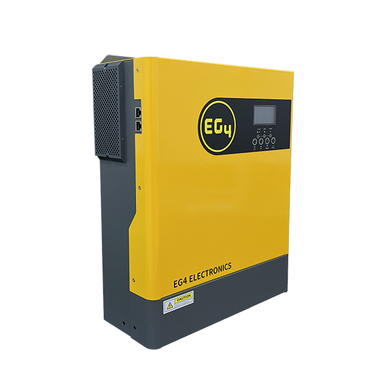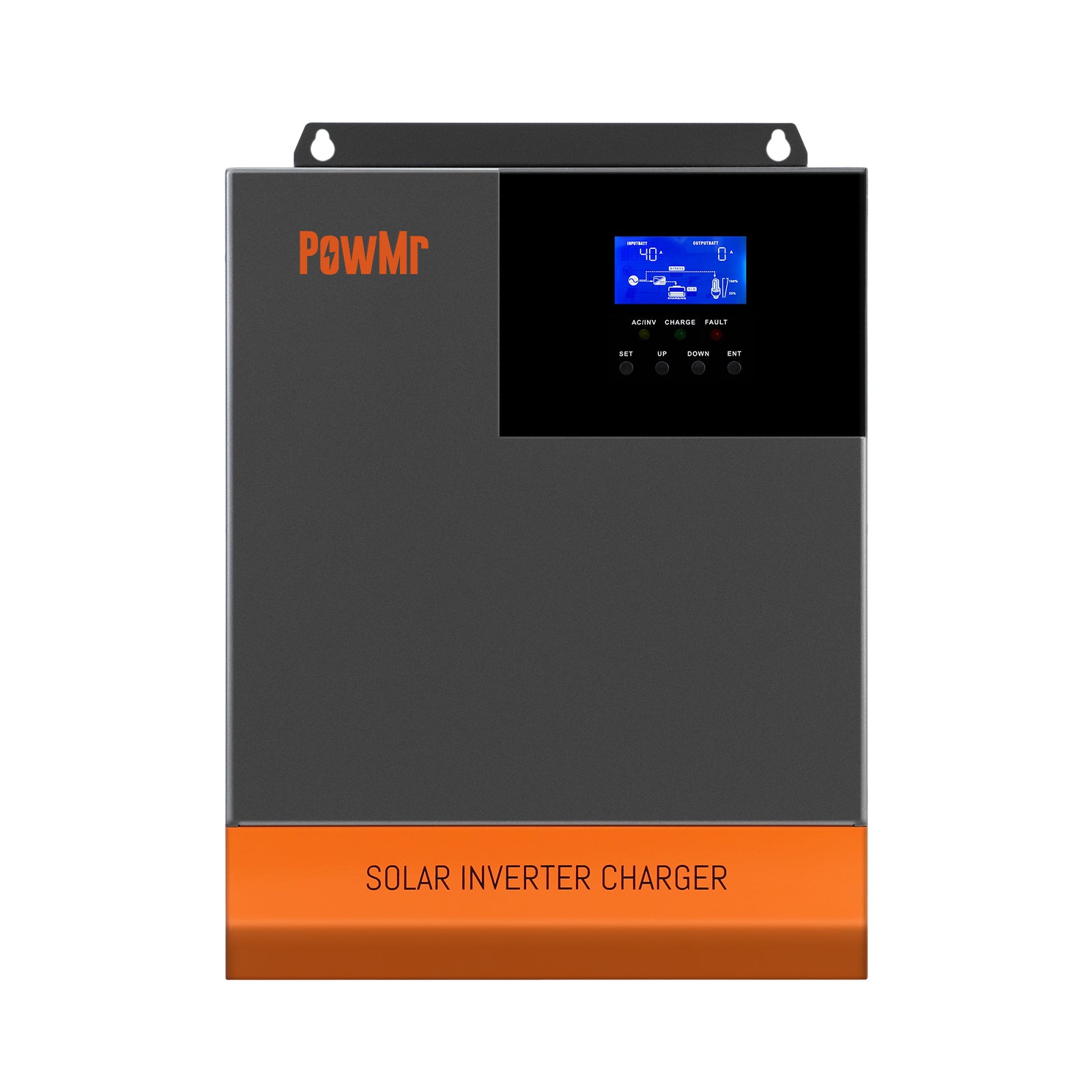donsolarak
New Member
I live off grid near the arctic circle. My current system is 12v with 10kwh of lead antimony batteries (5kwh at 50% DoD) with a 2k inverter and a 60amp mppt charge controller. I currently have 800w in panels connected. I'm maxed with the current controller at 12v. I have another 800w of panels brand new ready to install. I have a somewhat undersized manual 12v AC charger. During the winter months I have to use generator power to charge the batteries every 4th day or so due to the lack of sunlight. My daily consumption goes from 1kwh on the low end to 2.5kwh on the high end. My average daily consumption is pretty close to the middle of those two at 1.7kwh.
My system works great, but I'm looking for further refinements.
I want to switch to a 48v system. I recently installed a midnite solar all-in-one for someone local and it works pretty nice. I've been thinking about going with an all-in-one as well.
I've noticed that a huge number of these all in ones are almost identical. The outside sheet metal is exactly the same. Most of the hookups are the same as well. I'm talking about the units from Midnite solar, chins, sungoldpower, powmr, et al. They seem to differ mostly in the color the box is painted and the logo on the outside.
My minimum requirements:
48v battery system voltage
500vdc oc for PV. My voc will be about 388v not accounting for very cold weather
2000w pure sign wave output (my max loads ever are about 1.5kw. typical load is 100-200w)
2000w AC charging via gas generator
lead acid and lithium charging profiles
single phase is fine. I won't ever have grid connection.
I was looking at the EG4 3k:
48v
500vdc oc PV
3000w output continuous
60a or 3.5kw of AC charging
80a pv+ac charging
both lead acid and lithium charging profiles
50w idle consumption, manual states 15w in power save mode
$750 shipped to me
3 year warranty
I can only find through signature solar (this worries me with all the threads with people having issues with shipping, warranty, tax issues?)

 signaturesolar.com
signaturesolar.com
I was also looking at this sungoldpower shipped/sold by amazon:
48v
500vdc oc PV
5000w output continuous
40a or 2.3kwh of AC charging
100a pv+ac charging
both lead acid and lithium charging profiles
manual says <50w idle consumption in power save mode
$799 shipped to me
warranty length? No idea
The higher AC battery charging of 60a from the EG4 vs 40a of the SGP is somewhat desirable for me. Other than that both would work from the specs in their manuals. My current inverter consumes about 10w idle. 50w idle concerns me a bit with either of the above. The inverter is off at night and when I'm not at home.
Q: will these units still charge via PV when switched off? I'm not sure if the power switch is just for the inverter circuit or if it kills the MPPT charge controller as well.
I'm looking for feedback of people who are using either unit, people's thoughts with signature solar shipping/warranty/taxes issues, or other recommended products that also meet my minimum requirements.
thanks!
My system works great, but I'm looking for further refinements.
I want to switch to a 48v system. I recently installed a midnite solar all-in-one for someone local and it works pretty nice. I've been thinking about going with an all-in-one as well.
I've noticed that a huge number of these all in ones are almost identical. The outside sheet metal is exactly the same. Most of the hookups are the same as well. I'm talking about the units from Midnite solar, chins, sungoldpower, powmr, et al. They seem to differ mostly in the color the box is painted and the logo on the outside.
My minimum requirements:
48v battery system voltage
500vdc oc for PV. My voc will be about 388v not accounting for very cold weather
2000w pure sign wave output (my max loads ever are about 1.5kw. typical load is 100-200w)
2000w AC charging via gas generator
lead acid and lithium charging profiles
single phase is fine. I won't ever have grid connection.
I was looking at the EG4 3k:
48v
500vdc oc PV
3000w output continuous
60a or 3.5kw of AC charging
80a pv+ac charging
both lead acid and lithium charging profiles
50w idle consumption, manual states 15w in power save mode
$750 shipped to me
3 year warranty
I can only find through signature solar (this worries me with all the threads with people having issues with shipping, warranty, tax issues?)

EG4 3kW Off-Grid Inverter | 3000EHV-48 | 3000W Output | 5000W PV Input | 500 VOC Input
Signature Solar provides solar panels, off-grid solar systems, grid-tie, and hybrid systems. Quality solar inverters, bifacial solar panels, complete solar kits, solar batteries. Featuring brands such as EG4 Electronics with their solar battery, LifePower4 and EG4 LLifePower4 and EG4 LL
 signaturesolar.com
signaturesolar.com
I was also looking at this sungoldpower shipped/sold by amazon:
48v
500vdc oc PV
5000w output continuous
40a or 2.3kwh of AC charging
100a pv+ac charging
both lead acid and lithium charging profiles
manual says <50w idle consumption in power save mode
$799 shipped to me
warranty length? No idea
The higher AC battery charging of 60a from the EG4 vs 40a of the SGP is somewhat desirable for me. Other than that both would work from the specs in their manuals. My current inverter consumes about 10w idle. 50w idle concerns me a bit with either of the above. The inverter is off at night and when I'm not at home.
Q: will these units still charge via PV when switched off? I'm not sure if the power switch is just for the inverter circuit or if it kills the MPPT charge controller as well.
I'm looking for feedback of people who are using either unit, people's thoughts with signature solar shipping/warranty/taxes issues, or other recommended products that also meet my minimum requirements.
thanks!








